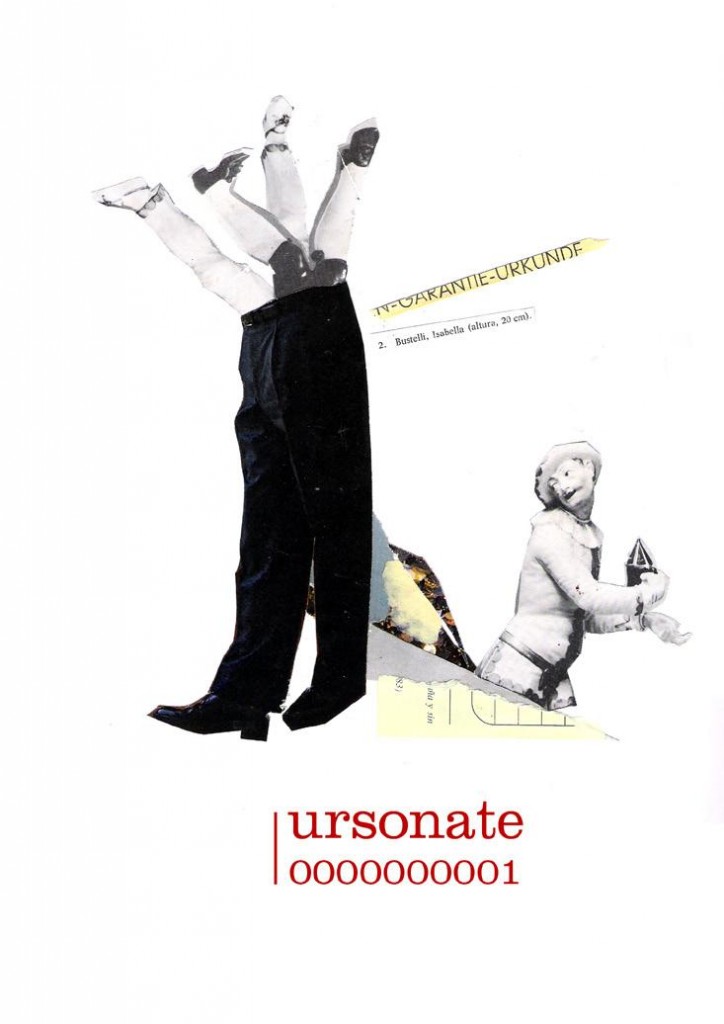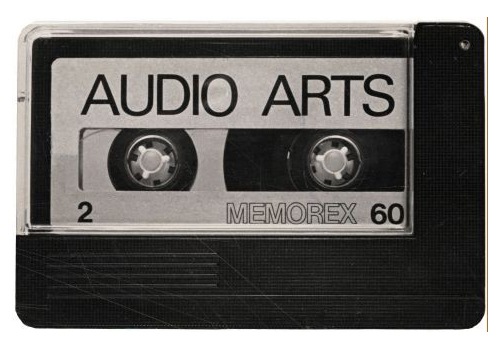Ursonate Fanzine, 1-2 (2010-2011) [Spanish]
Filed under magazine, sound recording | Tags: · listening, music, noise, sound, sound art

Nº000
Published in public domain, 2010
62 pages

Nº001
Coordinación: Jose Luis Espejo, Oscar Martín
Reseñas: Miguel Angel Tolosa
100 pages
Ursonate_Fanzine surge con la única pretensión de generar un organo más de expresión, encuentro y reflexión alrededor de la comunidad involucrada en el arte sonoro, el ruido y la escena de netlabels y labels independientes.
PDF (Nº000)
PDF (Nº001)
ZIP (Nº001, sound compilation Sound of Ebb)
Audio Arts (1973-2006)
Filed under magazine, sound recording | Tags: · art, art history, interview, sound art

“The audio cassette-magazine Audio Arts was established by Bill Furlong in 1973. Edited and produced by Furlong, it comprises an integral element of his art practice.
The idea of Audio Arts arose out of conversations between two young artists, William Furlong and Barry Barker, in the early 1970s. Its publication was a part of the conceptual experimentation taking place within the contemporary art of the time.
Since its inception in 1972, Audio Arts has grown to become a comprehensive and coherently focused sound archive of artists’ voices as well as sound art. The cassette-magazine has been in continuous and regular publication for thirty-five years, with over twenty-five volumes of four issues each.
A small part of the Audio Arts archive is shown for the first time. Four hours of recorded clips can be accessed online, or in Tate gallery via headphones.”
Exhibition (Tate, 2007)
Article about Furlong (Randy Kennedy)
Speaking of Art book (contains 50 selected interviews)
Wikipedia
Listen (on Tate website)
Comment (0)Curtis Roads: Microsound (2001)
Filed under book, sound recording | Tags: · computer music, electronic music, music, music history, music theory, sound, sound art, synthesis

“Below the level of the musical note lies the realm of microsound, of sound particles lasting less than one-tenth of a second. Recent technological advances allow us to probe and manipulate these pinpoints of sound, dissolving the traditional building blocks of music—notes and their intervals—into a more fluid and supple medium. The sensations of point, pulse (series of points), line (tone), and surface (texture) emerge as particle density increases. Sounds coalesce, evaporate, and mutate into other sounds.
Composers have used theories of microsound in computer music since the 1950s. Distinguished practitioners include Karlheinz Stockhausen and Iannis Xenakis. Today, with the increased interest in computer and electronic music, many young composers and software synthesis developers are exploring its advantages. Covering all aspects of composition with sound particles, Microsound offers composition theory, historical accounts, technical overviews, acoustical experiments, descriptions of musical works, and aesthetic reflections.”
Publisher MIT Press, 2001
ISBN 0262182157, 9780262182157
xii+409 pages
PDF (updated on 2012-8-3)
Accompanying CD (68 FLAC files, ZIP, added on 2013-9-11)

